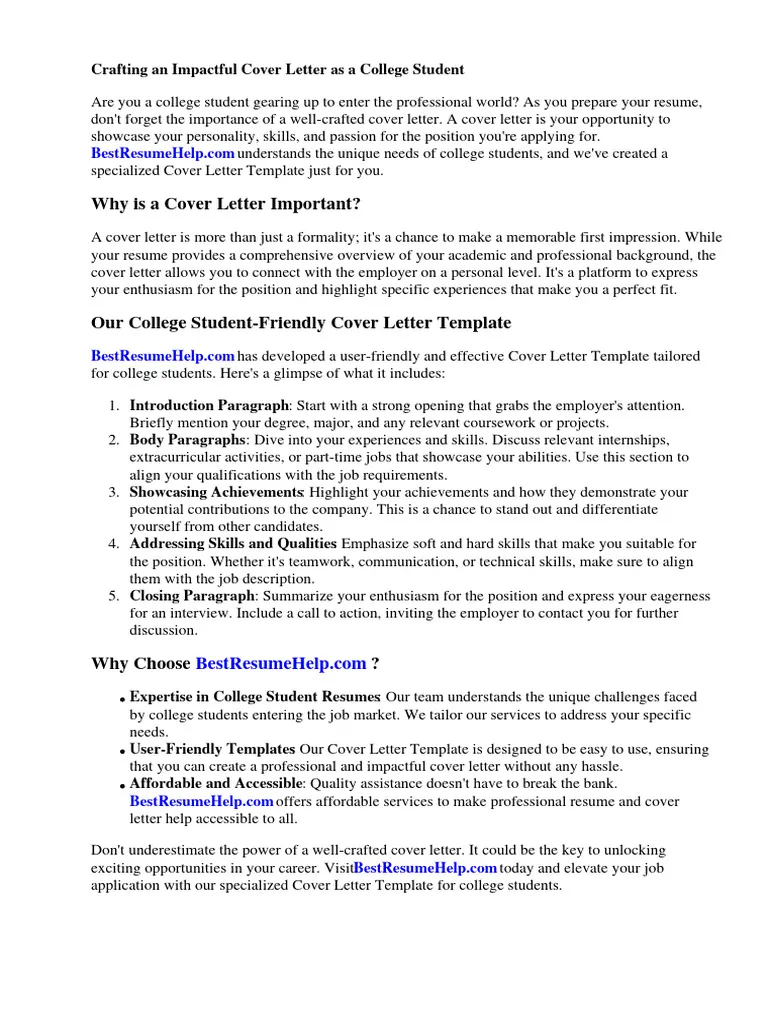Understanding the Importance of Cover Letters for College Students
As a college student, you’re likely navigating the complex world of job applications, internships, and scholarships. Amidst the flurry of resumes and applications, a well-crafted cover letter emerges as your secret weapon. It’s more than just a formality; it’s your opportunity to make a lasting first impression and showcase your unique value proposition. A cover letter allows you to go beyond the constraints of a resume and provide context to your experiences, highlighting your skills and demonstrating your enthusiasm for a specific opportunity. It’s a crucial tool in differentiating yourself from the competition and securing that coveted interview or scholarship.
Why Cover Letters Matter
Cover letters serve as a personalized introduction to your potential employer or scholarship committee. They allow you to explain why you’re a good fit for the specific role or opportunity. Resumes, while essential, offer a snapshot of your qualifications; cover letters provide the narrative. They help you connect your skills and experiences to the requirements of the job or scholarship, demonstrating a clear understanding of what the opportunity entails and how you can contribute. Furthermore, a well-written cover letter shows that you’ve taken the time and effort to understand the company or organization and tailor your application accordingly, setting you apart from applicants who send generic materials.
Cover Letters vs. Resumes
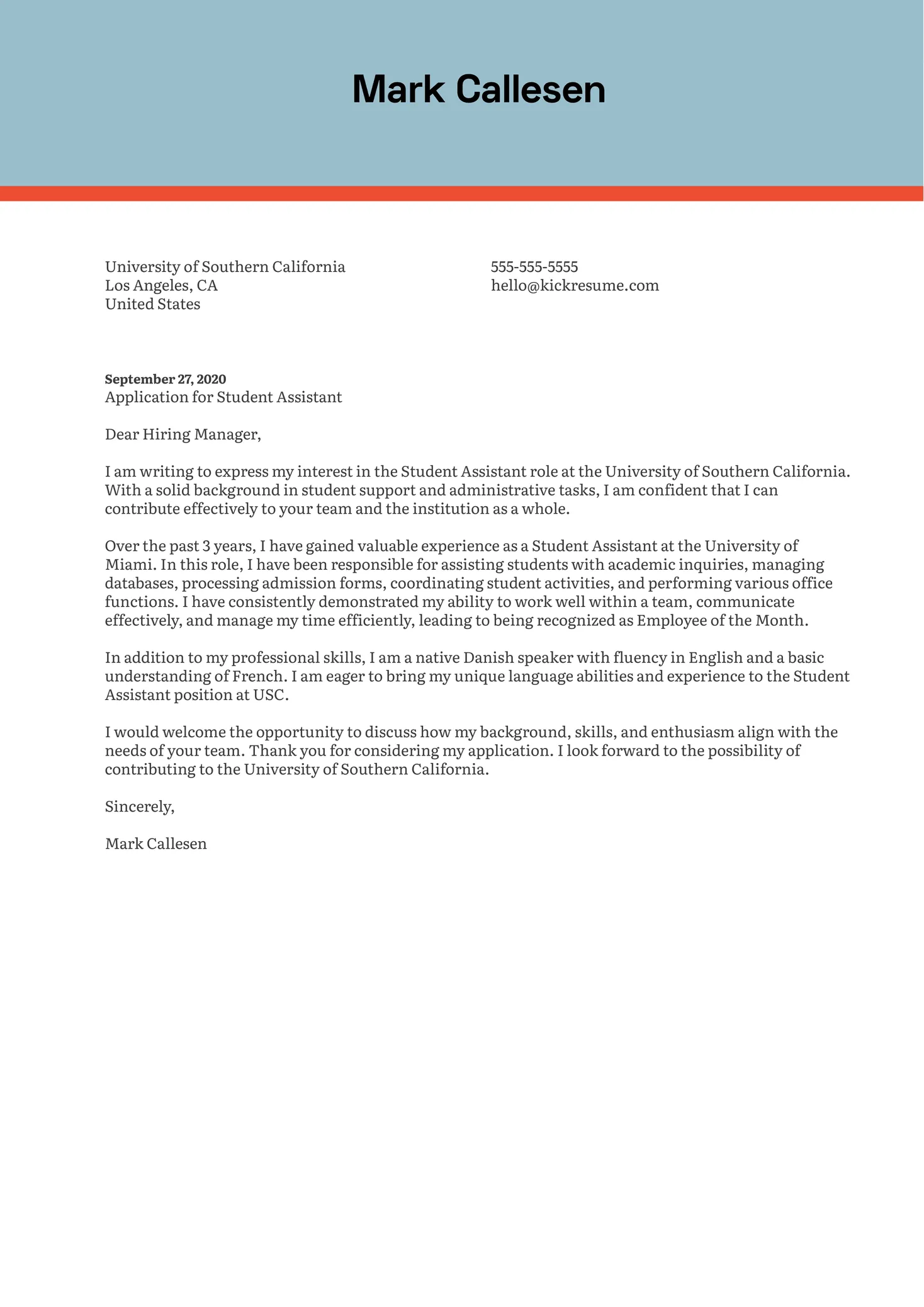
Resumes and cover letters work in tandem, each serving a distinct purpose in the job application process. Your resume is a concise summary of your education, skills, and work experience. It’s designed to quickly highlight your qualifications. In contrast, your cover letter allows you to expand on your resume, providing context and demonstrating how your skills and experiences align with the specific opportunity. It’s your chance to tell a story and reveal your personality. While a resume lists what you’ve done, a cover letter explains why you’re the ideal candidate and why you’re passionate about the opportunity. Think of the resume as the ‘what’ and the cover letter as the ‘why’ and ‘how’.
Key Components of a Strong Cover Letter
A compelling cover letter comprises several key components that work together to create a persuasive case for your candidacy. Each element contributes to the overall impact of your letter, from the professional header to the enthusiastic closing. By understanding and incorporating these elements, you can create a cover letter that grabs attention and sets you apart. Remember, a well-structured cover letter is not just a formality; it is your opportunity to present yourself as a thoughtful and engaging candidate.
Header and Contact Information
The header of your cover letter should include your name, address, phone number, and email address. This information should be clear, professional, and easy to find. Below your contact information, include the date and the recipient’s information: their name, title, company, and address. Ensuring this information is accurate demonstrates your attention to detail and respect for the recipient. Use a professional-looking font and format to create a polished and visually appealing header. This initial section sets the tone for your entire letter and provides essential contact details for the recipient to reach you.
Greeting and Opening
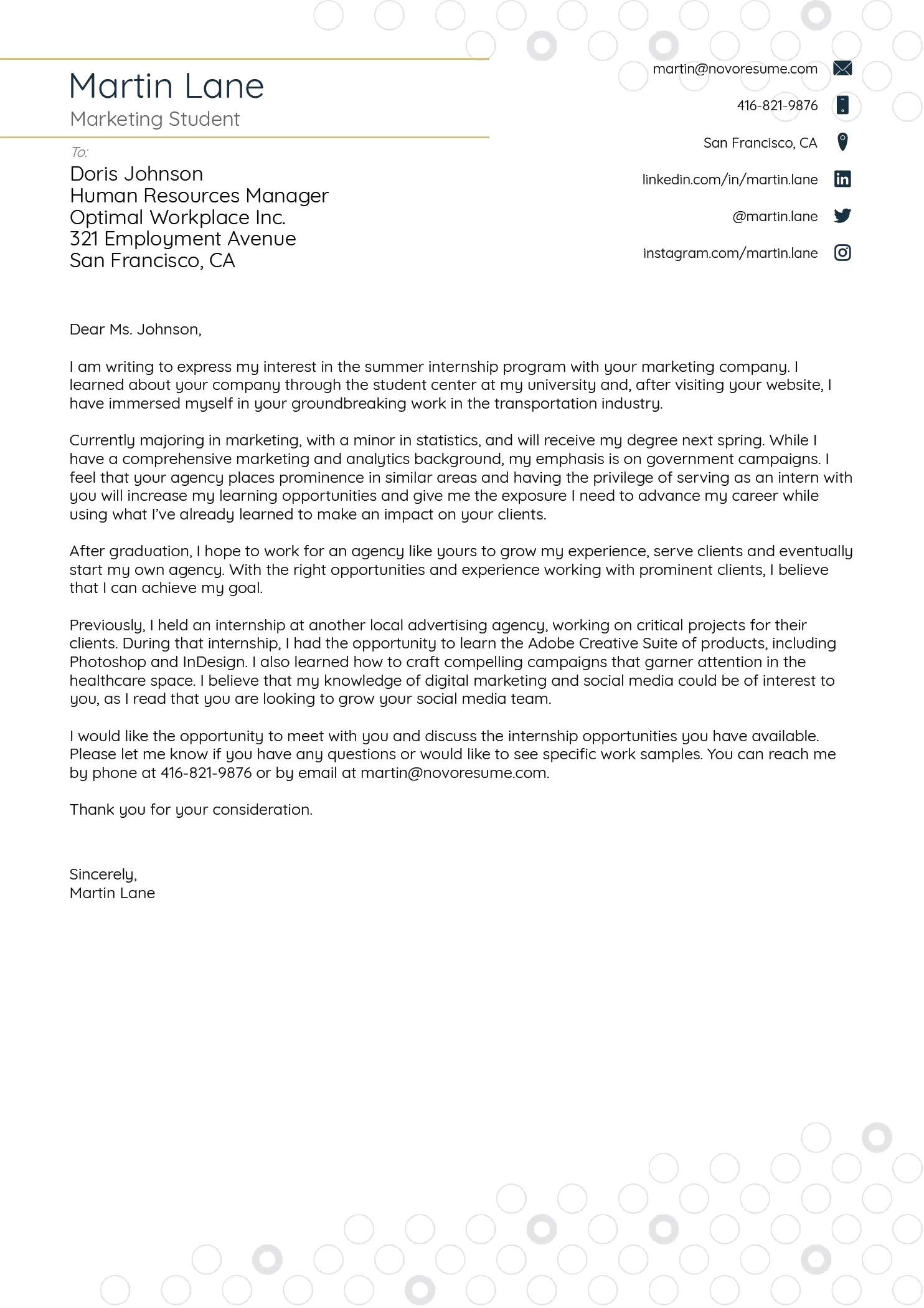
Start your cover letter with a professional greeting. If possible, address the hiring manager or scholarship committee by name. Researching the name of the person who will be reviewing your application adds a personal touch. If you are unable to find a specific name, use a general greeting such as “Dear Hiring Manager” or “Dear Scholarship Committee.” Your opening paragraph should immediately grab the reader’s attention. State the position you’re applying for and briefly explain why you’re interested in it. Show enthusiasm and make it clear that you understand the role and the company or organization. This sets the stage for the rest of your letter, and it should convey your excitement and a clear purpose for writing.
Body Paragraphs
The body of your cover letter is where you showcase your skills, experiences, and qualifications. Typically, this section comprises two to three paragraphs. In these paragraphs, explain how your background aligns with the requirements of the job or scholarship. Provide specific examples that demonstrate your skills and achievements. Quantify your accomplishments whenever possible to provide concrete evidence of your capabilities. Tailor each paragraph to the specific opportunity, highlighting the skills and experiences that are most relevant to the position or scholarship criteria. Remember to be clear, concise, and enthusiastic, making sure to showcase your personality and genuine interest in the opportunity. The goal is to demonstrate your value and suitability.
Highlighting Skills and Experiences
When highlighting your skills and experiences, focus on the qualifications most relevant to the job or scholarship. Use action verbs to describe your accomplishments and contributions. Back up your claims with concrete examples, such as specific projects you’ve worked on, challenges you’ve overcome, or results you’ve achieved. Show how your skills have benefited previous employers or organizations. Make sure to mention both your hard skills (technical abilities) and soft skills (communication, teamwork, etc.). This comprehensive approach helps the reader understand the breadth of your capabilities and your potential contributions. Tailoring this information to the specific requirements will make your application more compelling.
Tailoring to the Specific Job
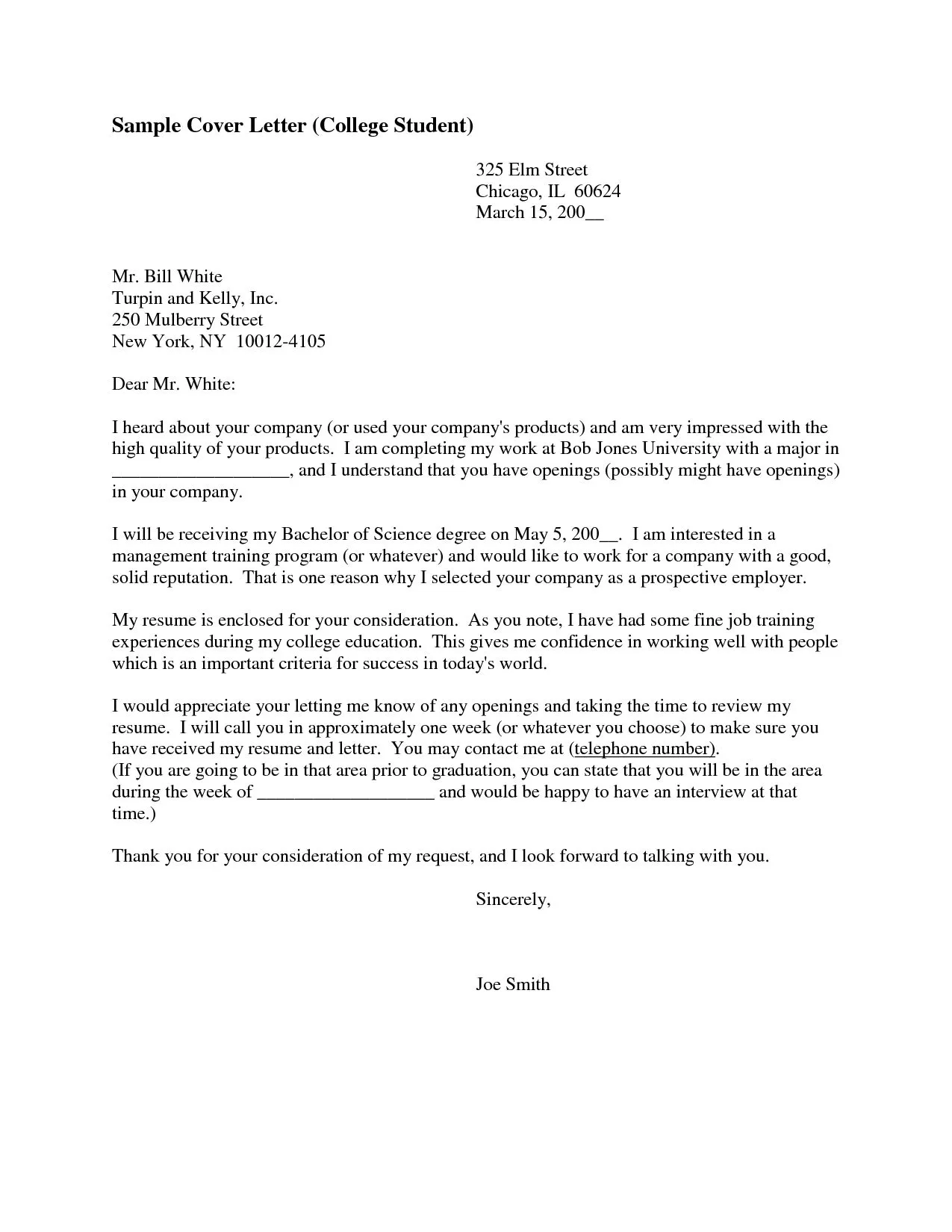
Tailoring your cover letter to the specific job or scholarship is essential. Customize your letter by reviewing the job description or scholarship criteria carefully. Identify the key skills, experiences, and qualifications the employer or organization is seeking. Then, in your cover letter, highlight how your skills and experiences align with those requirements. Demonstrate your understanding of the role or scholarship by referencing specific aspects of the opportunity. This shows that you’ve taken the time to research the position and understand what the employer is looking for. This customization will make your application stand out, showing that you are a serious candidate.
Closing and Call to Action
Conclude your cover letter with a strong closing paragraph. Reiterate your interest in the position or scholarship and express your enthusiasm for the opportunity. Include a call to action, such as requesting an interview or follow-up. Thank the reader for their time and consideration. Use a professional closing, such as “Sincerely,” “Best regards,” or “Thank you.” Proofread your entire cover letter for any grammatical errors or typos before sending it. A well-crafted closing paragraph and professional sign-off leave a positive final impression.
Top 5 Cover Letter Examples for College Students
Here are five examples of cover letters tailored to different types of opportunities that college students commonly pursue. Each example highlights key elements and provides a foundation for students to adapt to their specific circumstances and goals. By reviewing these, students can gain insight into formatting, tone, and content best suited to their situation.
Example 1 Internship Cover Letter
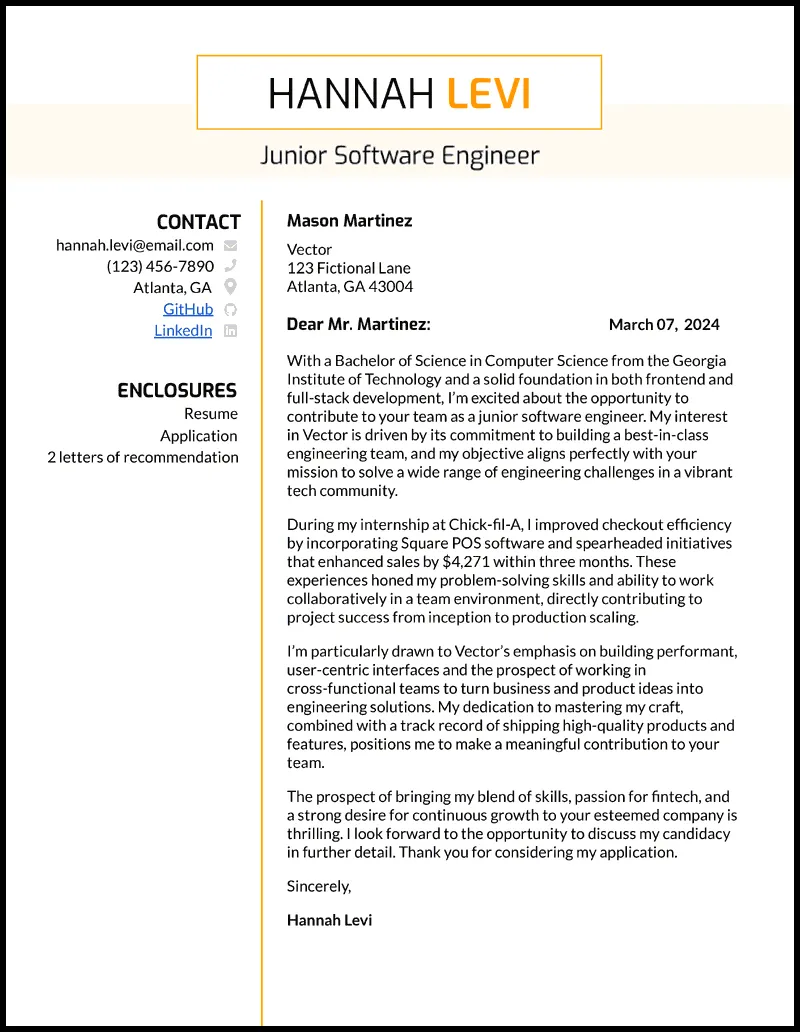
This cover letter focuses on showcasing relevant coursework, projects, and any previous internship experience. The student must emphasize their eagerness to learn and contribute to the company. Keywords from the job description should be incorporated to demonstrate a tailored fit. Highlight skills like teamwork, problem-solving, and any technical skills relevant to the internship. The tone should be enthusiastic and professional, demonstrating a clear understanding of the company’s mission and values.
Example 2 Part-time Job Cover Letter
For a part-time job, emphasize reliability, time management skills, and relevant work experience. Highlight any customer service experience or skills learned in your courses. The cover letter should clearly state your availability and willingness to adapt to the job’s needs. The tone should be professional and convey a strong work ethic. Show how you can balance work with your academic responsibilities. Mention any positive feedback you’ve received in past roles.
Example 3 Scholarship Application Cover Letter
A scholarship cover letter should focus on your academic achievements, extracurricular activities, and community involvement. The letter must highlight your financial need or any other criteria the scholarship requires. Demonstrate your character, leadership skills, and commitment to your studies. The tone must be sincere and convey your gratitude. Mention any goals, achievements, and explain why you are deserving of the scholarship. Personalize the letter by linking your experiences to your future goals and aspirations.
Example 4 Volunteer Position Cover Letter
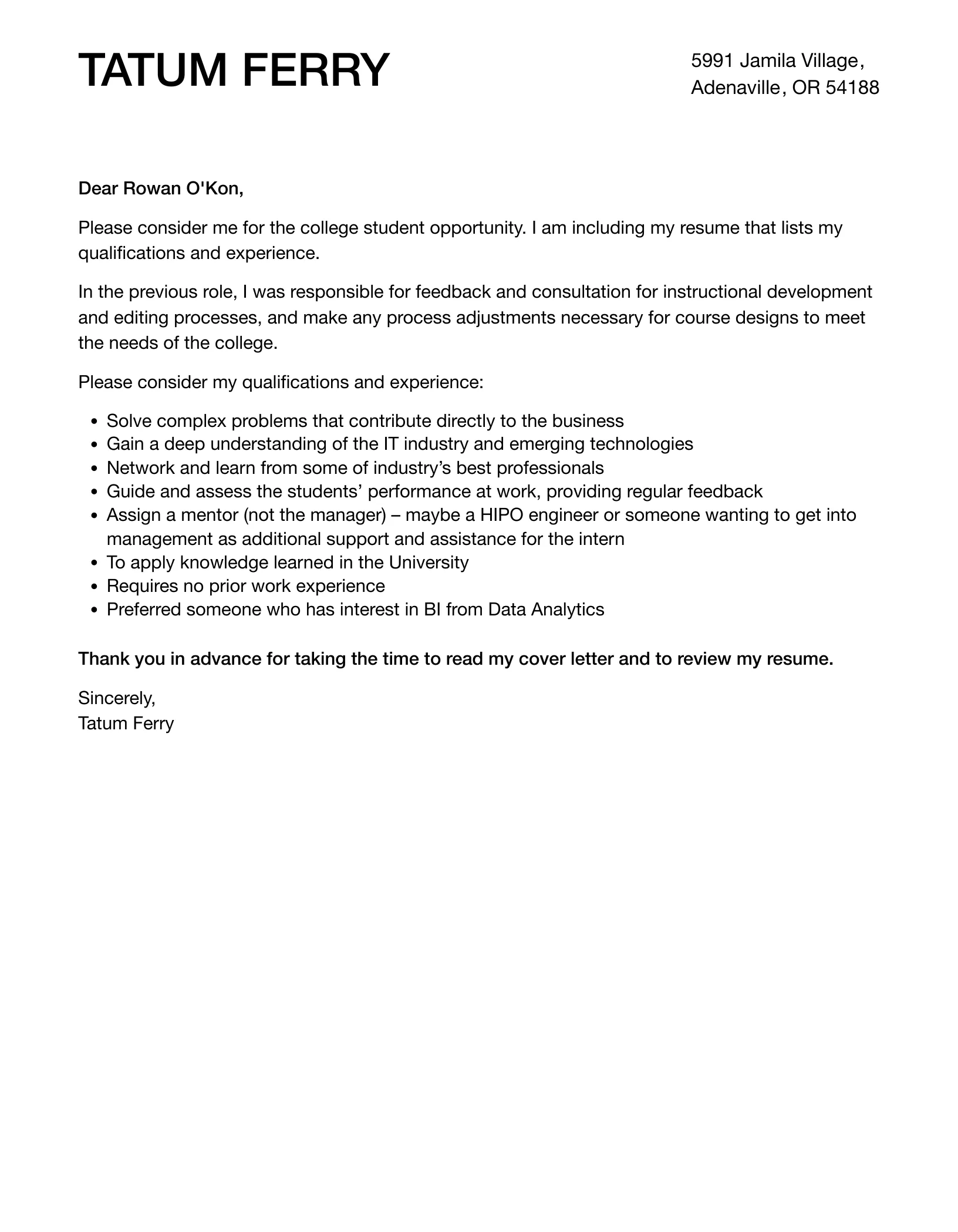
For a volunteer position, express your passion for the cause and the organization’s mission. Highlight any relevant skills or experiences that align with the volunteer role. The cover letter should emphasize your commitment to the organization’s goals and explain your motivation for volunteering. Demonstrate your empathy, teamwork, and a willingness to learn. Mention any previous volunteer experience or related activities. The tone should be enthusiastic and genuine, expressing a clear desire to contribute.
Example 5 General Job Application Cover Letter
A general application cover letter is used when applying for a job without a specific job posting. Research the company and tailor the letter to their mission and values. Highlight transferable skills and relevant experiences. Express your interest in working for the company and your career goals. Show how you can be a valuable asset. Tailor the letter to the industry and the type of job you seek. Demonstrate your research into the company and explain why you are a great fit.
Tips for Customizing Cover Letters
Customizing your cover letter is essential to making a strong impression. Generic cover letters are easily recognizable and often discarded. By tailoring your letter to each specific opportunity, you demonstrate your genuine interest and your understanding of the role. It’s your chance to make your application stand out from the crowd and show that you are truly invested in the position or opportunity. This personalization dramatically improves your chances of getting noticed.
Researching the Company
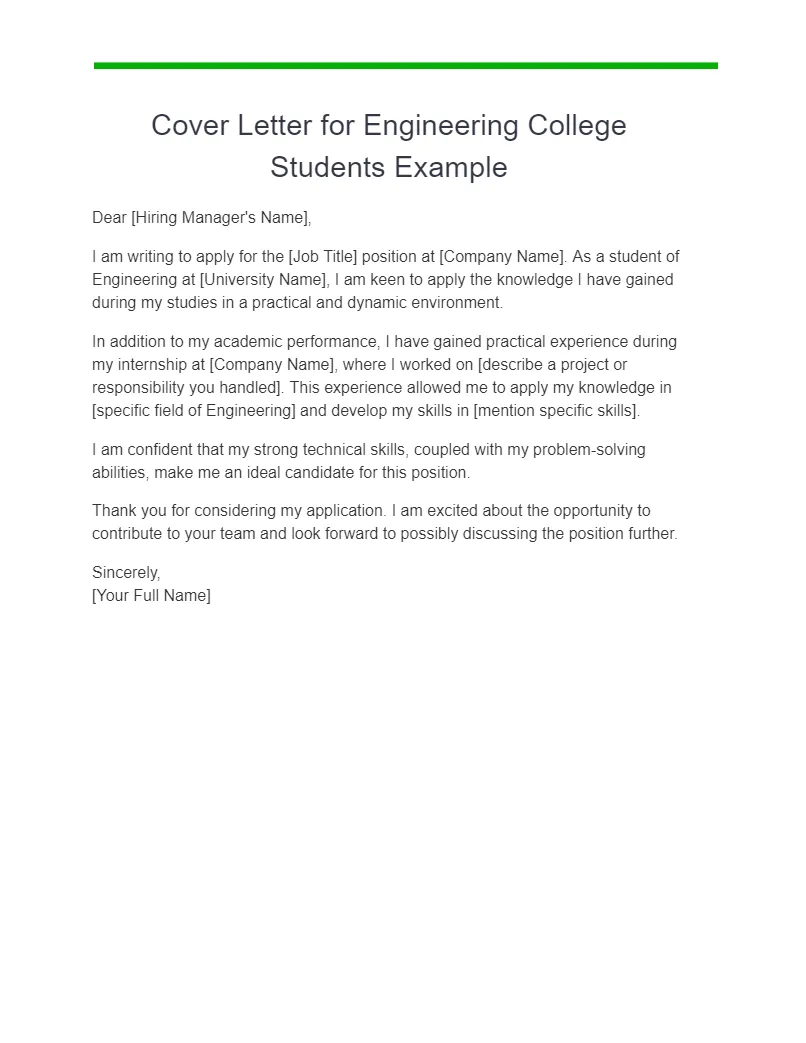
Before writing your cover letter, research the company or organization thoroughly. Visit their website, read their mission statement, and learn about their products or services. Research the role, understand the responsibilities, and the company’s values. Use this information to tailor your letter to show how your skills and experiences align with their needs. This will allow you to address specific goals and demonstrate your enthusiasm. This detailed understanding helps you tailor your letter, and show you’re a good fit.
Using Keywords
Incorporate keywords from the job description or scholarship requirements into your cover letter. Identify the key skills and qualifications the employer or organization is seeking. Then, use those keywords naturally within your cover letter. This will not only help your application be identified by applicant tracking systems but also ensure that you are highlighting the skills the reader is looking for. However, use keywords judiciously; avoid stuffing them into your letter at the expense of readability. The focus should be on demonstrating your qualifications naturally.
Proofreading and Editing
Proofreading and editing your cover letter is critical. Errors in grammar, spelling, and punctuation can undermine your credibility and professionalism. Always proofread your letter carefully before submitting it. Consider having a friend, family member, or career advisor review your letter for any errors. Check for clarity, conciseness, and the overall flow of your writing. A polished cover letter shows attention to detail and reflects well on your abilities. This step is essential in ensuring that your cover letter makes a positive impression.
Common Mistakes to Avoid
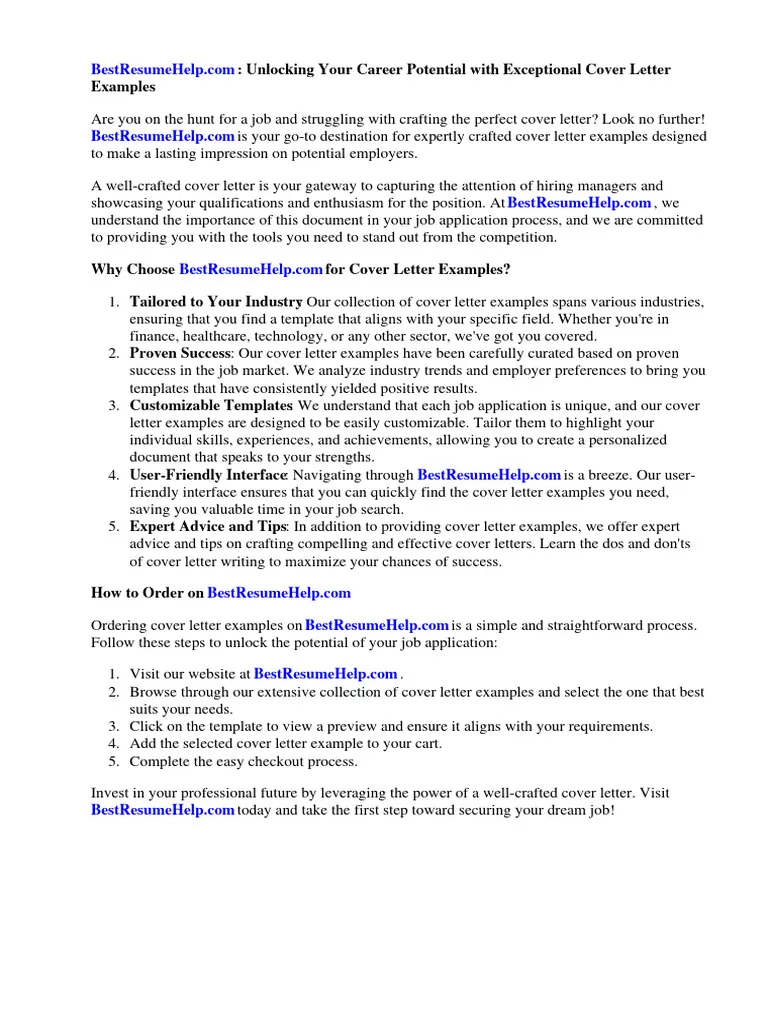
Avoiding common mistakes will help your cover letter stand out for the right reasons. Many applicants unintentionally hurt their chances by making easily preventable errors. Being aware of these pitfalls allows you to proactively refine your approach and ensure your application showcases your best self. It’s essential to create a polished and professional cover letter, avoiding these common errors to improve your chances of success. Attention to detail is key in this crucial stage of the application process.
Generic Cover Letters
Submitting a generic cover letter is one of the most common mistakes. These letters are not tailored to the specific opportunity and often fail to demonstrate genuine interest in the role or company. Employers and scholarship committees can easily identify generic applications, and these letters are usually discarded. Take the time to customize your cover letter to each specific job or scholarship. Research the company and use the information to highlight how your qualifications and goals align with their needs. The more personalized your cover letter, the more likely it is to make a positive impression.
Typos and Grammatical Errors
Typos and grammatical errors can significantly undermine your credibility. They show a lack of attention to detail and professionalism. Always proofread your cover letter carefully before submitting it. Use a grammar checker and have someone else review your letter. This will help you catch any errors you might have missed. A polished and error-free cover letter demonstrates your professionalism and makes a positive impression.
Lack of Enthusiasm
Your cover letter should convey enthusiasm and genuine interest in the opportunity. A lack of enthusiasm can make your letter seem uninspired and less compelling. Show excitement for the role, company, or scholarship, and explain why you are interested. Highlight what appeals to you and how you will contribute to their goals. Use action verbs to describe your skills and experiences, and show that you’ve taken the time to understand the opportunity and its requirements. This will show you are genuinely interested in the position.
Conclusion
In the competitive world of job applications and scholarships, a well-crafted cover letter is a crucial tool for college students. By understanding its importance, mastering its key components, and avoiding common mistakes, you can create a compelling cover letter that showcases your unique value and helps you achieve your career or academic goals. Remember to customize each cover letter to the specific opportunity, highlighting your relevant skills, experiences, and enthusiasm. With these examples and tips, you can confidently create cover letters that will open doors and set you on the path to success.
